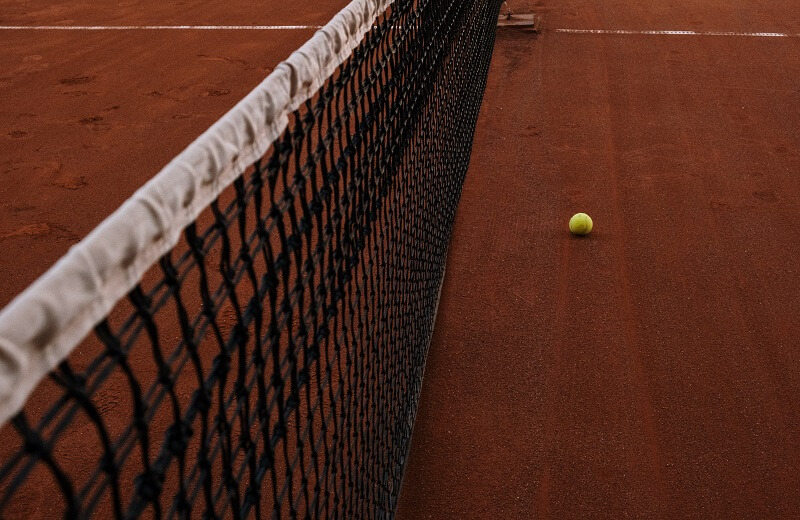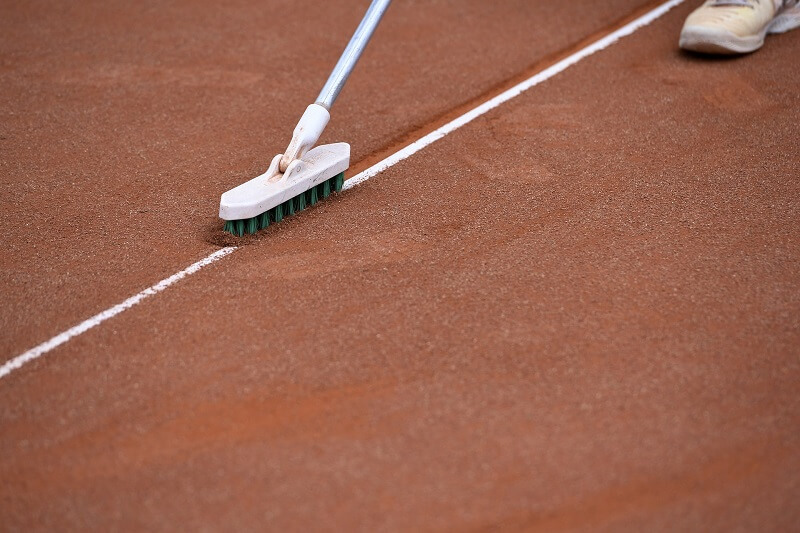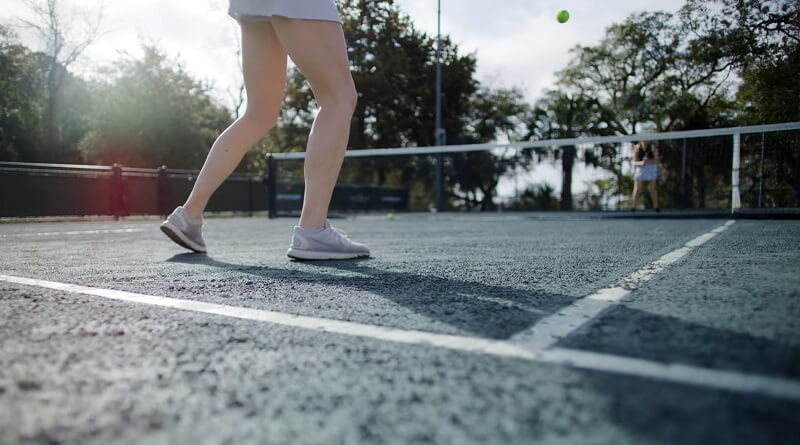Can you Play Pickleball on Clay Courts?
Pickleball is a popular sport that can be played in many forms and on different surfaces. Pickleball Courts are usually made of concrete or asphalt. The question of whether pickleball can be played on clay courts has been asked often, and the answer is yes! While playing pickleball on clay courts presents some unique challenges compared to hard court surfaces, it’s still possible and enjoyable for players at all levels.
Why do People Love to Play on Clay Courts?
Playing pickleball on a clay court can be a unique and enjoyable experience so people love playing on them. Clay offers a slower, more consistent surface that can provide an exciting challenge for players of all levels. The slow speed of a clay court helps to reduce the impact of powerful shots and encourages a more strategic approach to the game.
Furthermore, balls used on clay often have thinner skins that are designed to cut through air easier, making them perfect for playing pickleball. Additionally, because clay absorbs moisture better than other surfaces like har-tur or concrete, they tend to stay cooler in warm weather and also reduces glare during play.
How Can Pickleball be Played on Clay?
Pickleball on clay pickleball courts is becoming increasingly popular as a way to enjoy this fun game in the sun. Claycourt pickleball offers a different experience than playing on other surfaces, such as hardwood or artificial turf. The slower speed of play can be more strategic and challenging while offering ample opportunity for players at all skill levels to have an enjoyable time.
Those looking to play pickleball on clay courts will need some specialized equipment. The balls designed specifically for use on clay are made of rubber and come with a softer felt coating that allows them to bounce true off the surface.
These balls usually come in yellow or green and should be used only on slow-playing surfaces like clay or Har-Tru courts. The different colors of these pickleballs help distinguish them from other types of balls used for harder court surfaces, such as indoor or hardwood courts.
When playing pickleball on a clay pickleball court, players should also be aware that the game can be slightly slower compared to a hard-surface court. The soft surface will absorb some of the energy from shots, meaning that fast serves and smashes may not be as effective as they would be on a faster-playing court type. This gives opponents more time to react and makes it easier to hit longer rallies and increases the tactical elements of the game.
Finally, when looking for places to play pickleball on clay court, many local parks have dedicated areas set aside for pickleball play. Additionally, there are several private clubs and community centers that offer clay court pickleball as part of their services.
No matter what type of pickleball surface players choose to enjoy this sport on, the rules and regulations remain the same. Pickleball is a great way to have some outdoor fun, so don’t forget your specialized clay court balls!
Red Clay Courts vs Har-Tru Courts – What’s the Difference?
When it comes to playing pickleball on clay, there are two main types: Red Clay and Har-Tru Courts. Red Clay Courts are usually made from red clay mixed with crushed stone or sand for stability.
These courts provide good traction but lack cushioning, so players must take great care to avoid injuries such as ankle sprains or knee inflammation. Har-Tru Courts are made from a mixture of crushed stone, sand, and lime that is rolled and tamped. These courts provide better cushioning than Red Clay Courts pickleball but can get slippery when wet.
Pros of Red Clay Courts
Pros for playing on Red Clay Courts include increased ball speed due to the harder surface, as well as fewer bounces due to the lack of cushioning. Additionally, pickleball balls for clay courts are typically more durable than those used on other court surfaces.
Cons of Red Clay Courts
The main con of playing on red clay is the higher risk of injury due to the hard surface.
Pros of Har-Tru Courts
Meanwhile, pros for Har-Tru Courts include improved comfort and safety due to the softer surface, as well as better grip which makes it easier to make quick turns and changes of direction.
Cons of Har-Tru Courts
The main con for playing pickleball on Har-Tru Courts is that the surface can get slippery when wet, making it difficult to play in inclement weather.
There are also some additional tips to keep in mind when playing pickleball on clay. Make sure to wear appropriate shoes with good grip and avoid wearing tracksuits or loose-fitting clothing. Additionally, be aware that the surface can become slippery when wet, so it’s important to play cautiously in rainy or humid conditions. With these tips in mind, you’ll be able to enjoy pickleball on clay for many years to come!
Sum Up
Overall, pickleball can be played on clay and both Red Clay and Hard-Tru Courts present their unique pros and cons. Before deciding which type of court is right for you, consider your skill level as well as your preference for cushioning and ball speed. With the right pickleball balls for clay courts and proper technique, you’ll have no problem enjoying pickleball on either type of court!
Related Articles:
- 8 Easy Ways To Find Pickleball Courts Near Me 2023
- Can You Play Pickleball on a Tennis Court? The Ultimate Guide
- TOP 10 Indoor Pickleball Courts: Best Court You Need to Visit!
- Can You Play Pickleball On Grass? Complete Pickleball Guide
- Painting Pickleball Lines On A Tennis Court: A Complete Guide





Hi
I live in a community that only has clay courts (not red clay) and we would like to convert one of the courts to two pickleball courts. Looking for some input on how to make them more playable for pickleball (reduce watering/additional maintenance) Also, do you have any recommendations on a specific type of portable net/balls to use on clay courts? Any and all input is appreciated!
Susan Martyn
Daily Tasks:
Watering: Water the court evenly, ideally early in the morning before the heat of the day. In hot and dry conditions, you may need to water the court again in the afternoon or evening.
Sweeping: After the court has been used for a match or practice session, sweep it with a drag broom or mat to distribute the moisture evenly and remove any marks from play.
Line Maintenance: Check the visibility of the lines. Brush them clean and add line tape if necessary.
Weekly Tasks:
Rolling: Roll the court to keep the surface firm and even. This may need to be done more frequently if the court sees heavy use.
Monthly Tasks:
Check the court for any signs of wear or damage. Look for areas where the clay may be getting thin or where there are inconsistencies in the surface.
Annual or Semi-Annual Tasks:
Clay Addition: Add new clay to the court as needed. This should be done evenly across the entire court to maintain a level playing surface.
Seasonal Maintenance: At the end of the playing season, prepare the court for winter. This usually involves removing the nets and posts, and covering the court to protect it from the elements.
In my opinion, the best pickleball ball for clay courts is the Onix Pure 2 outdoor ball. It is slightly heavier and firmer than other regular ball, making it better suited for clay courts.